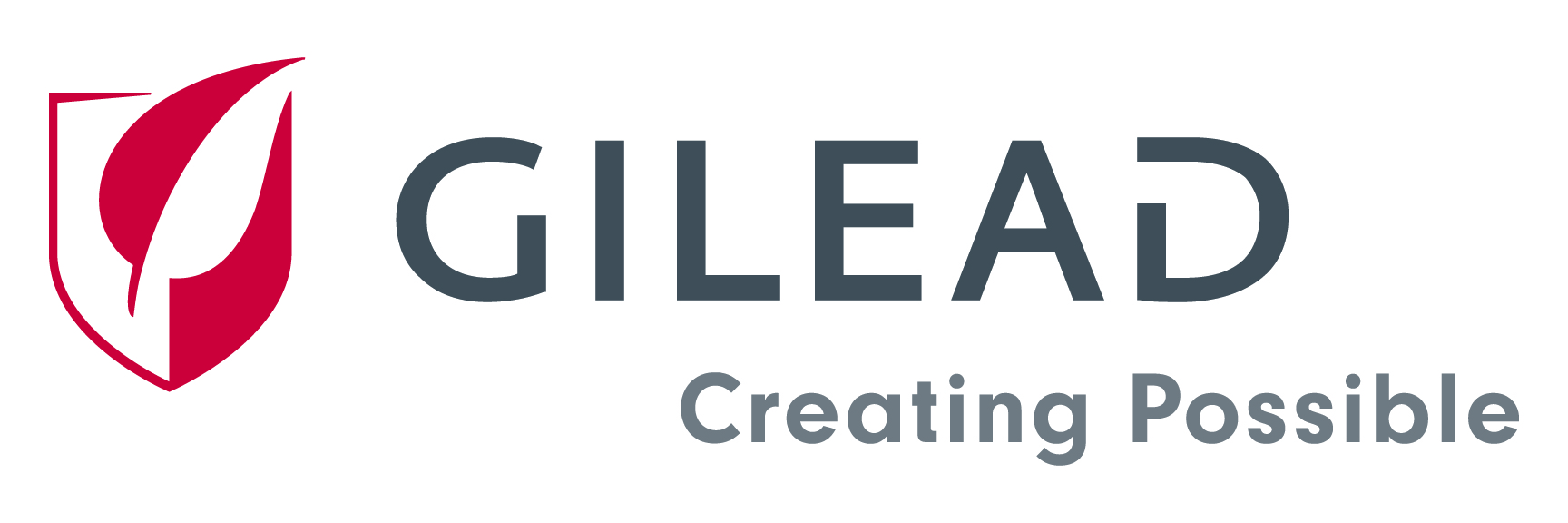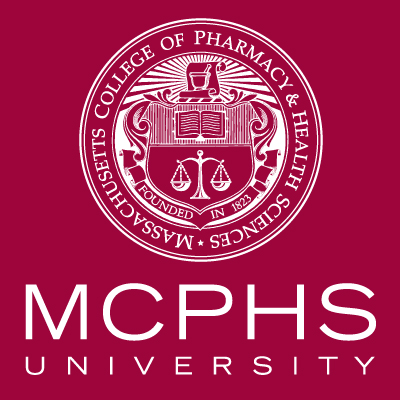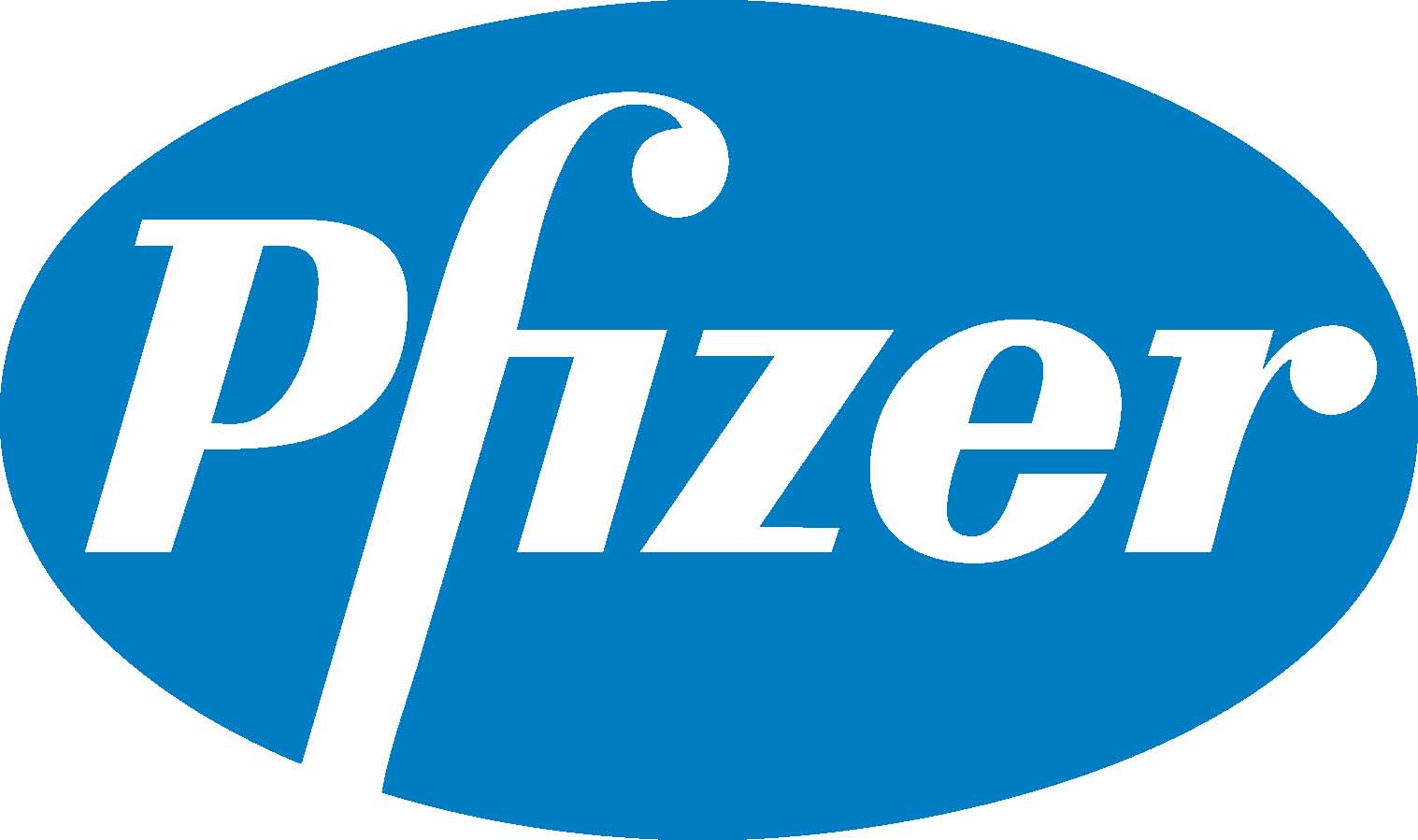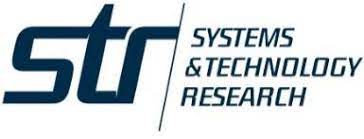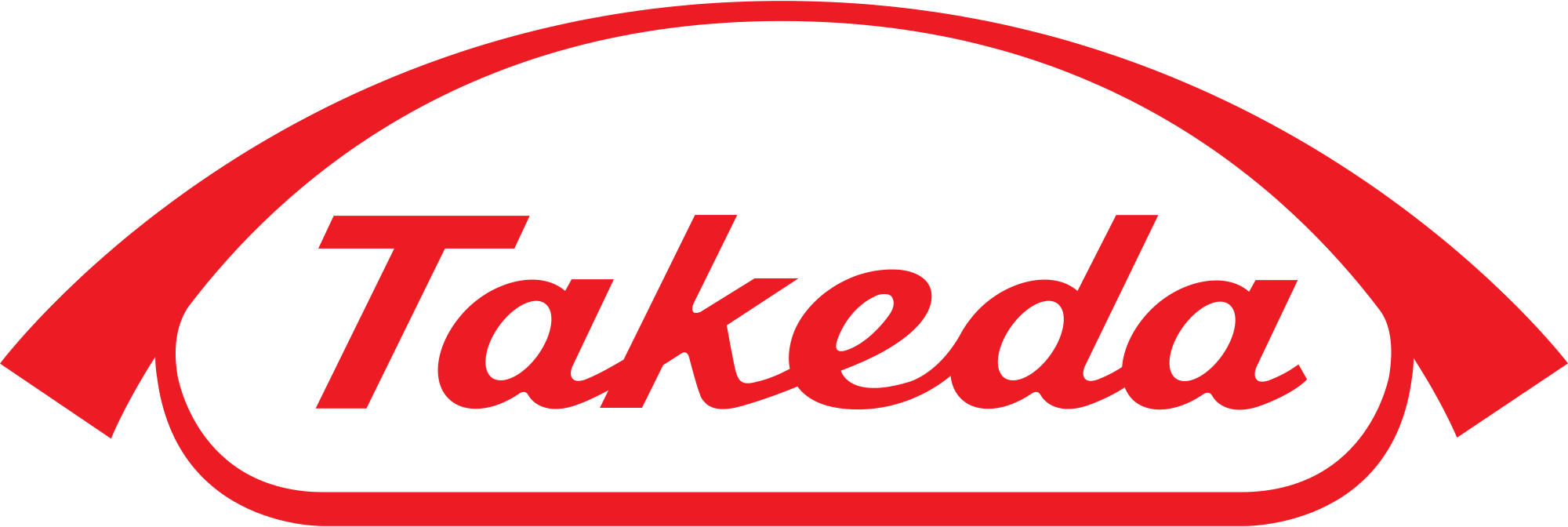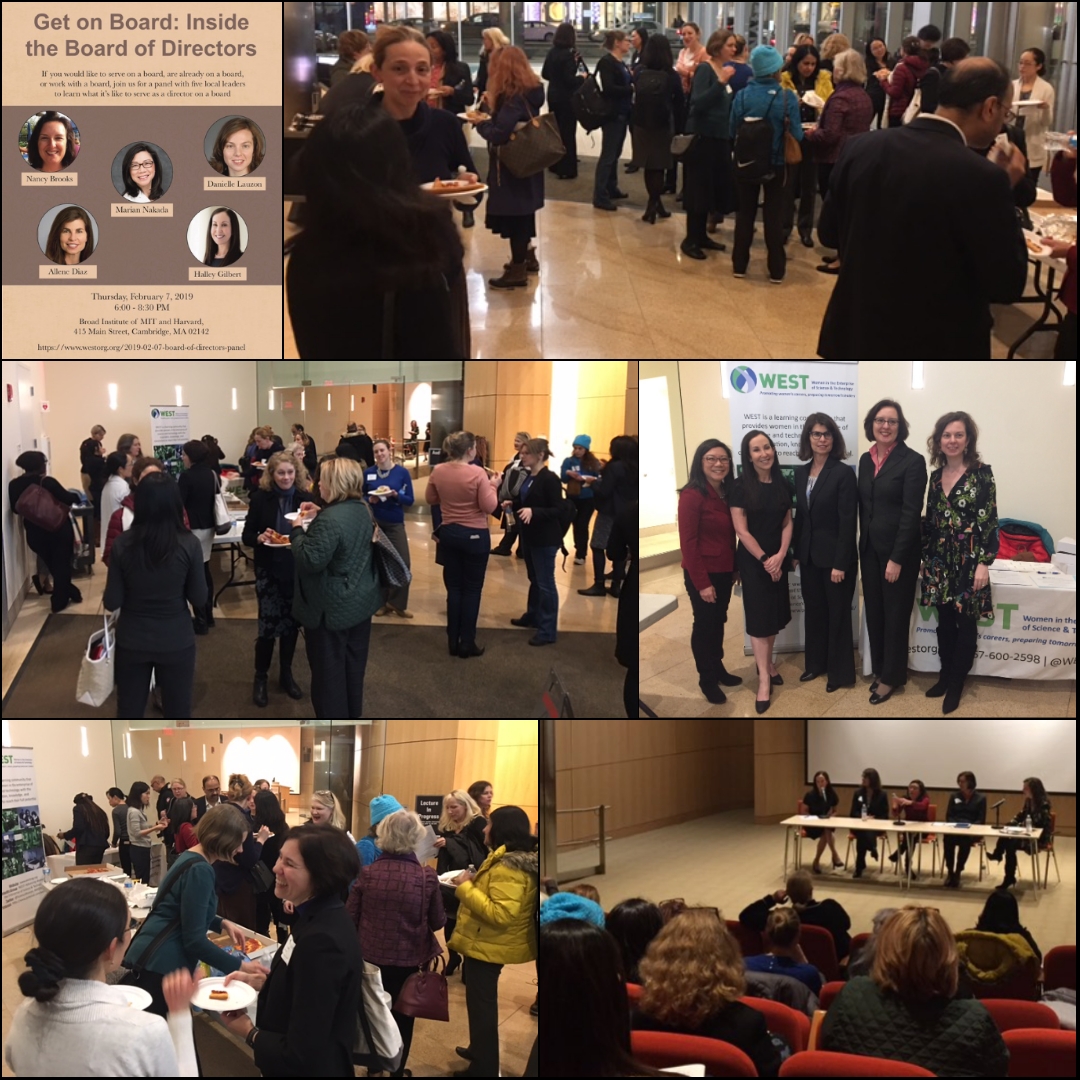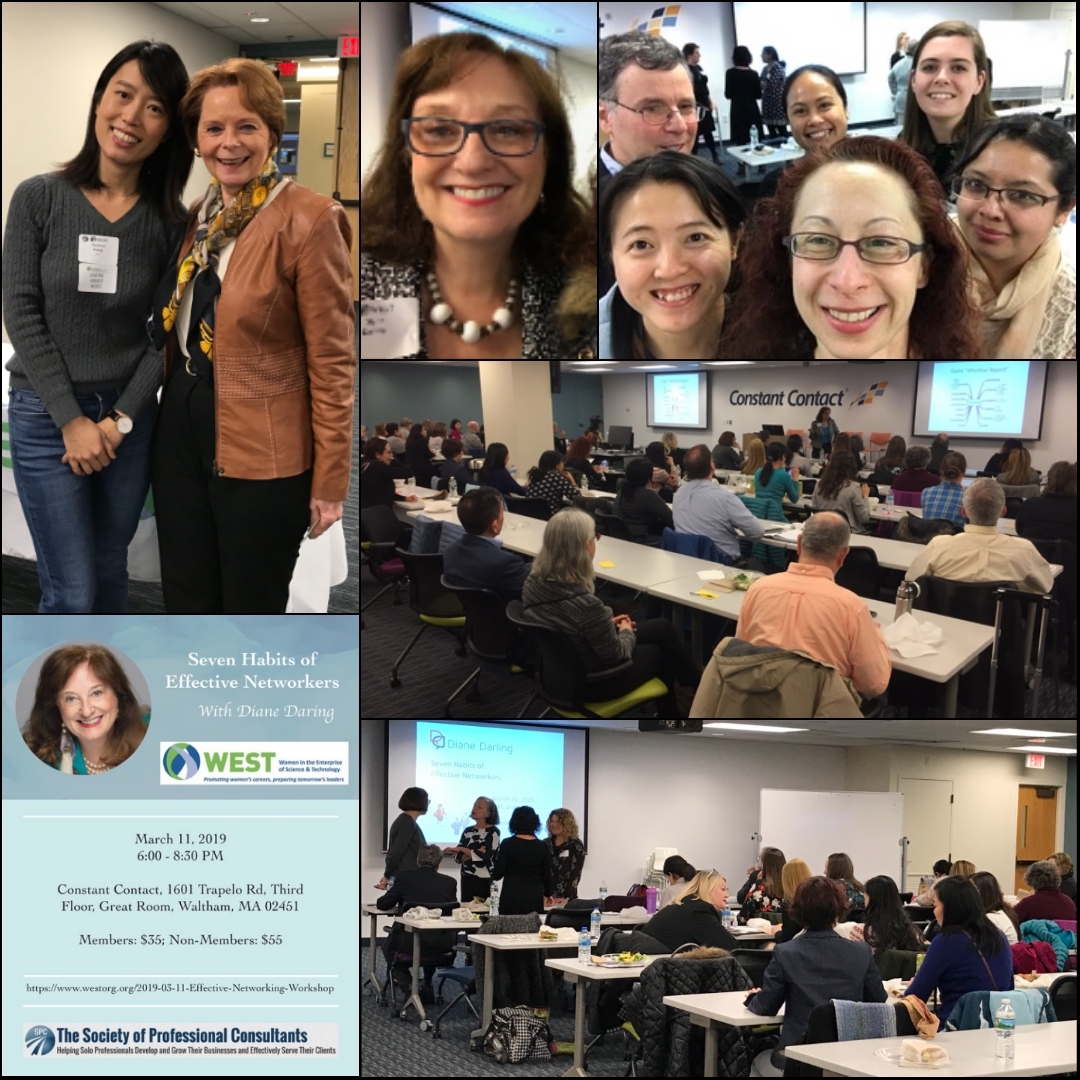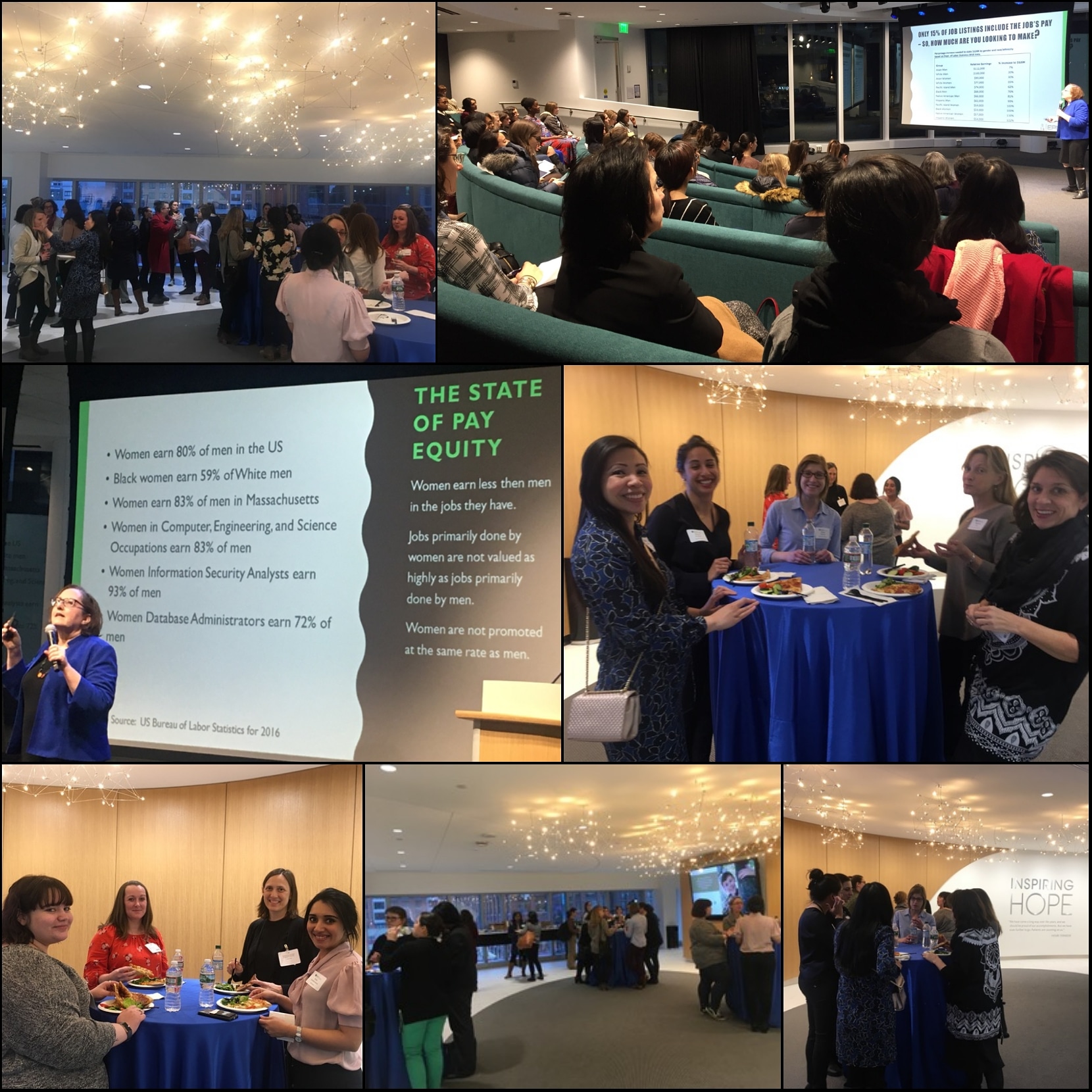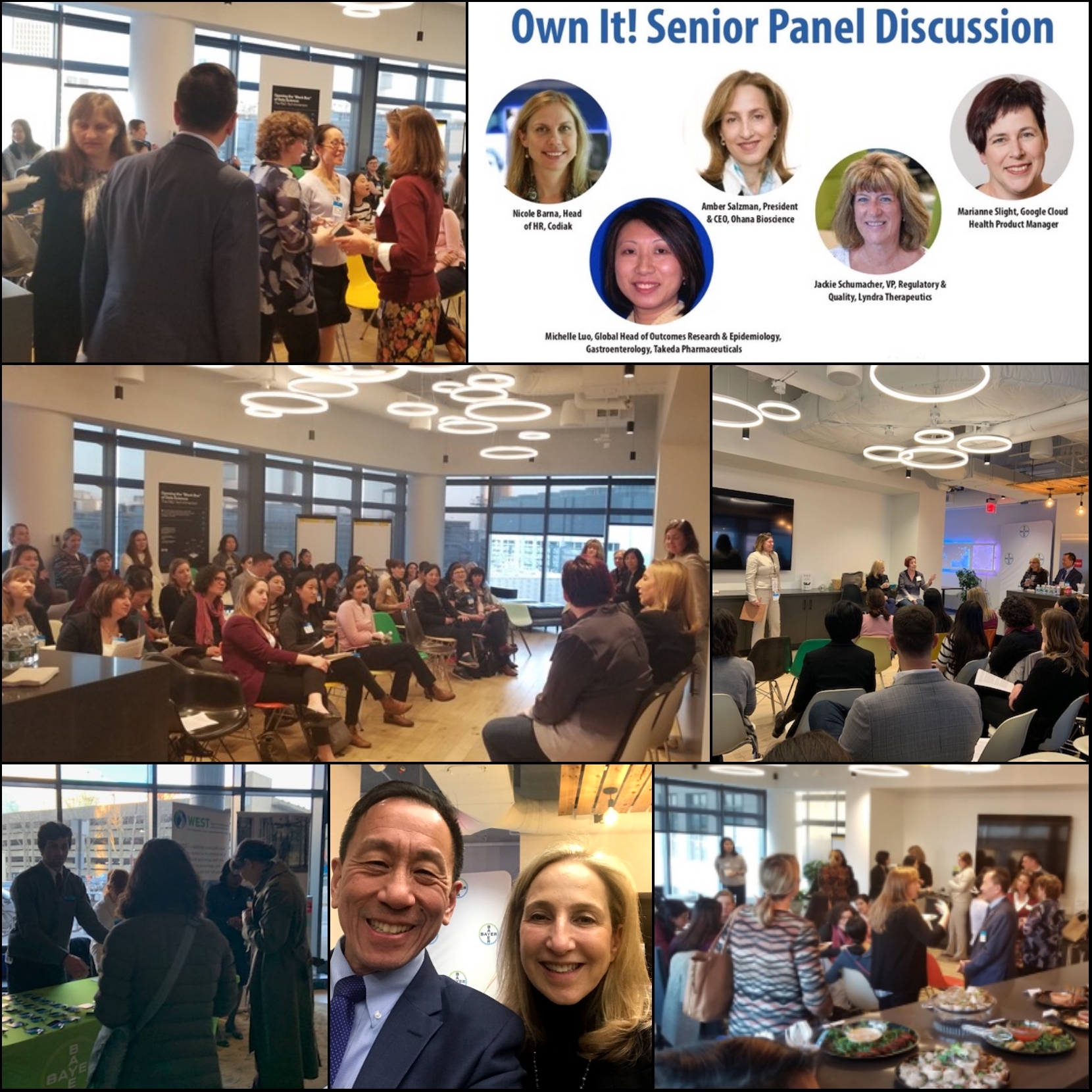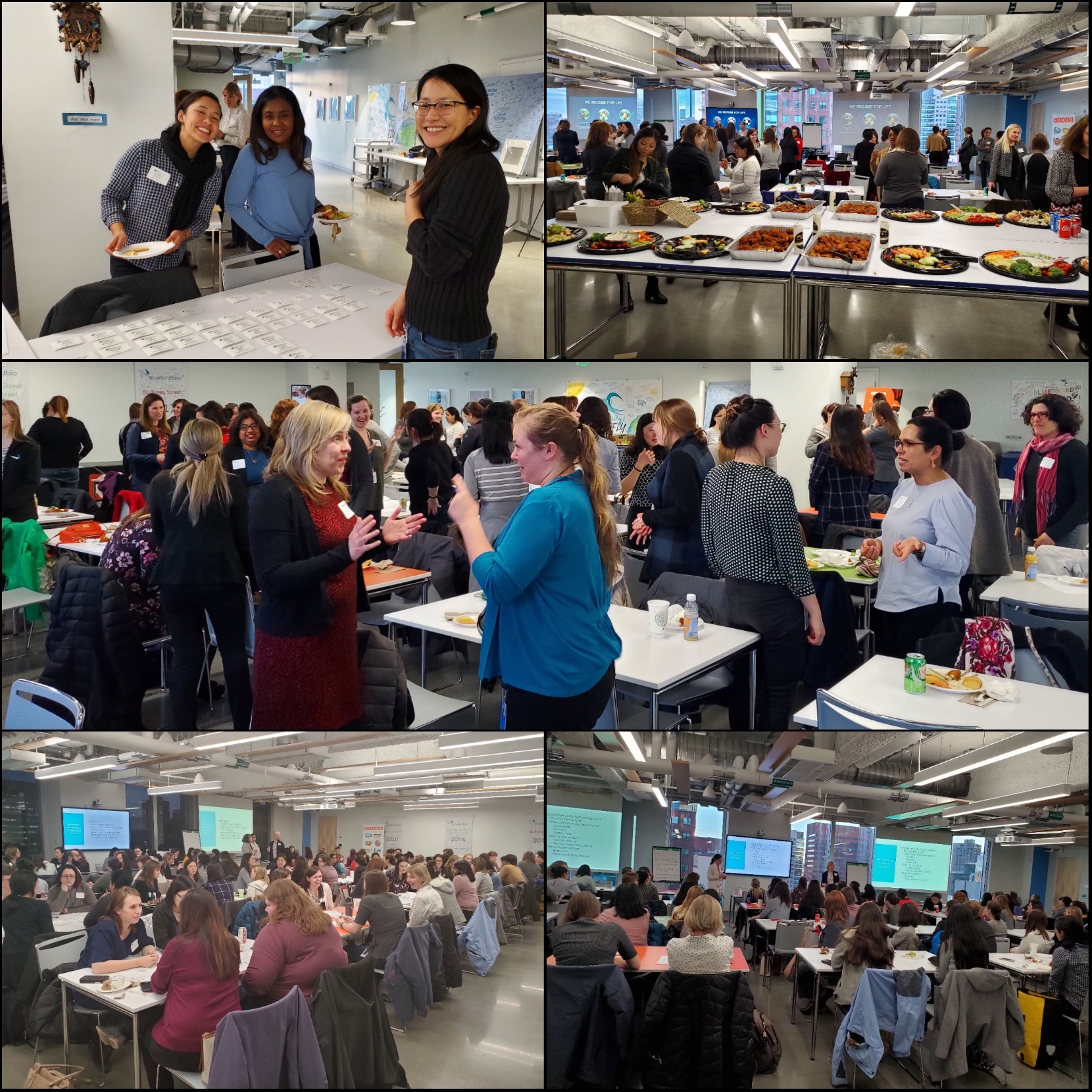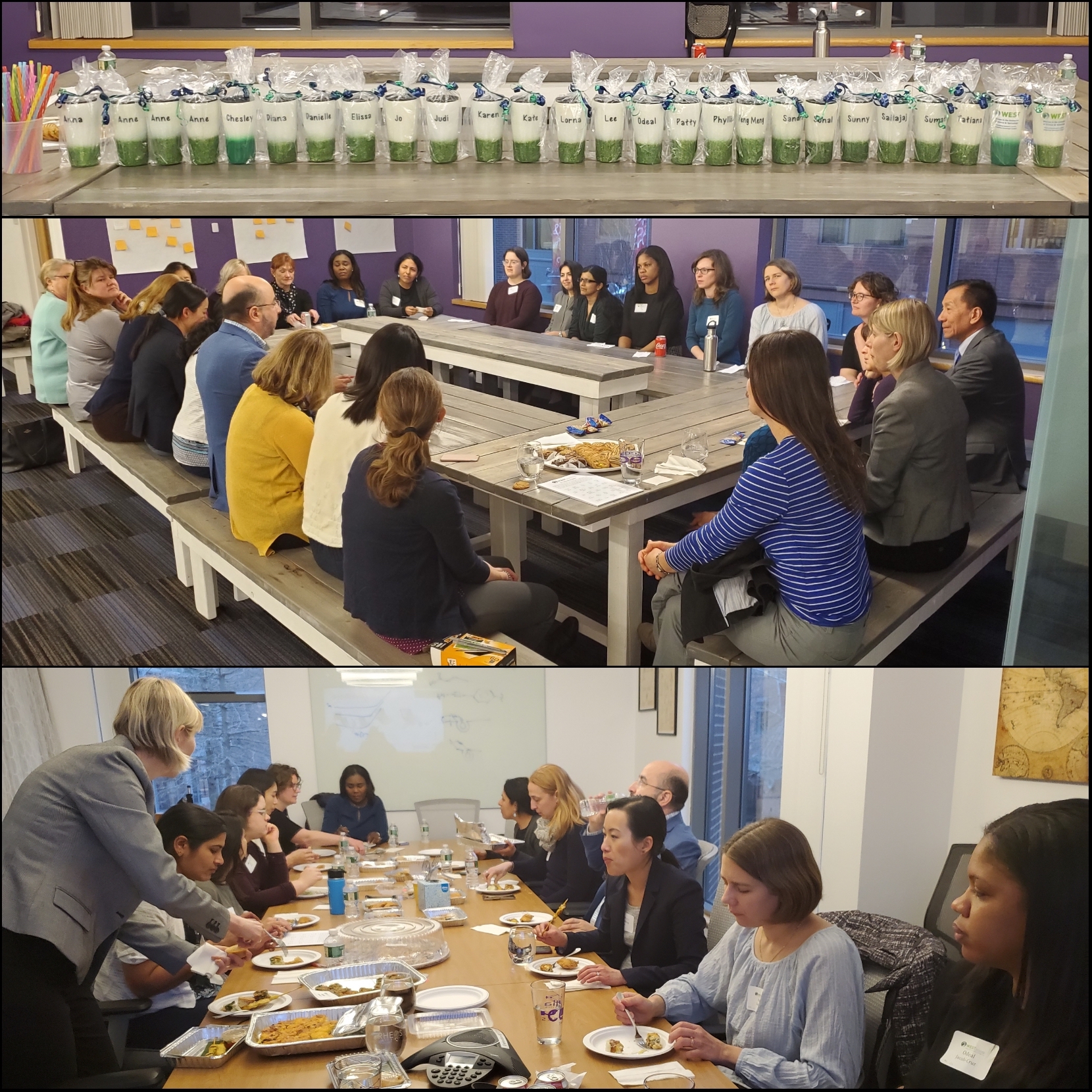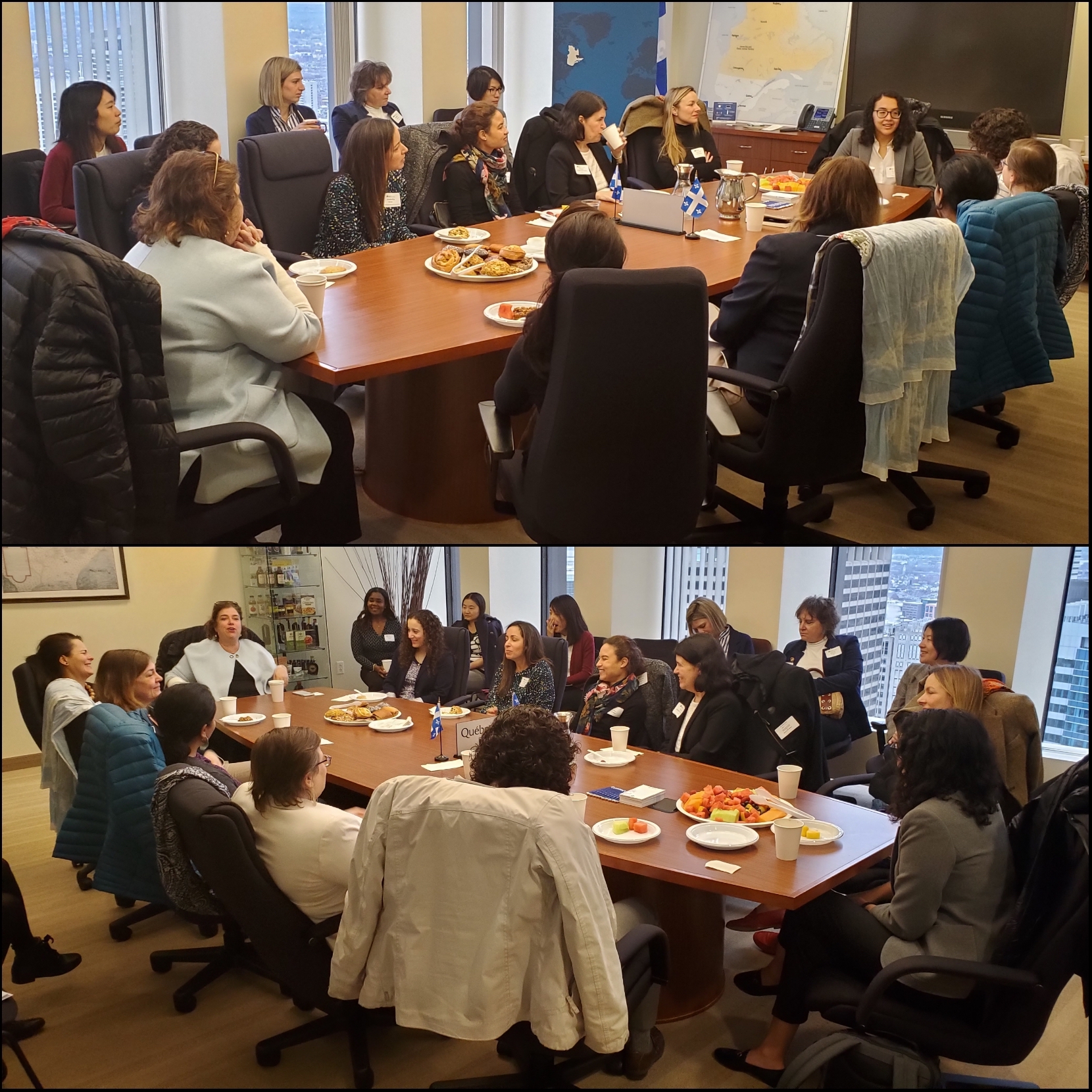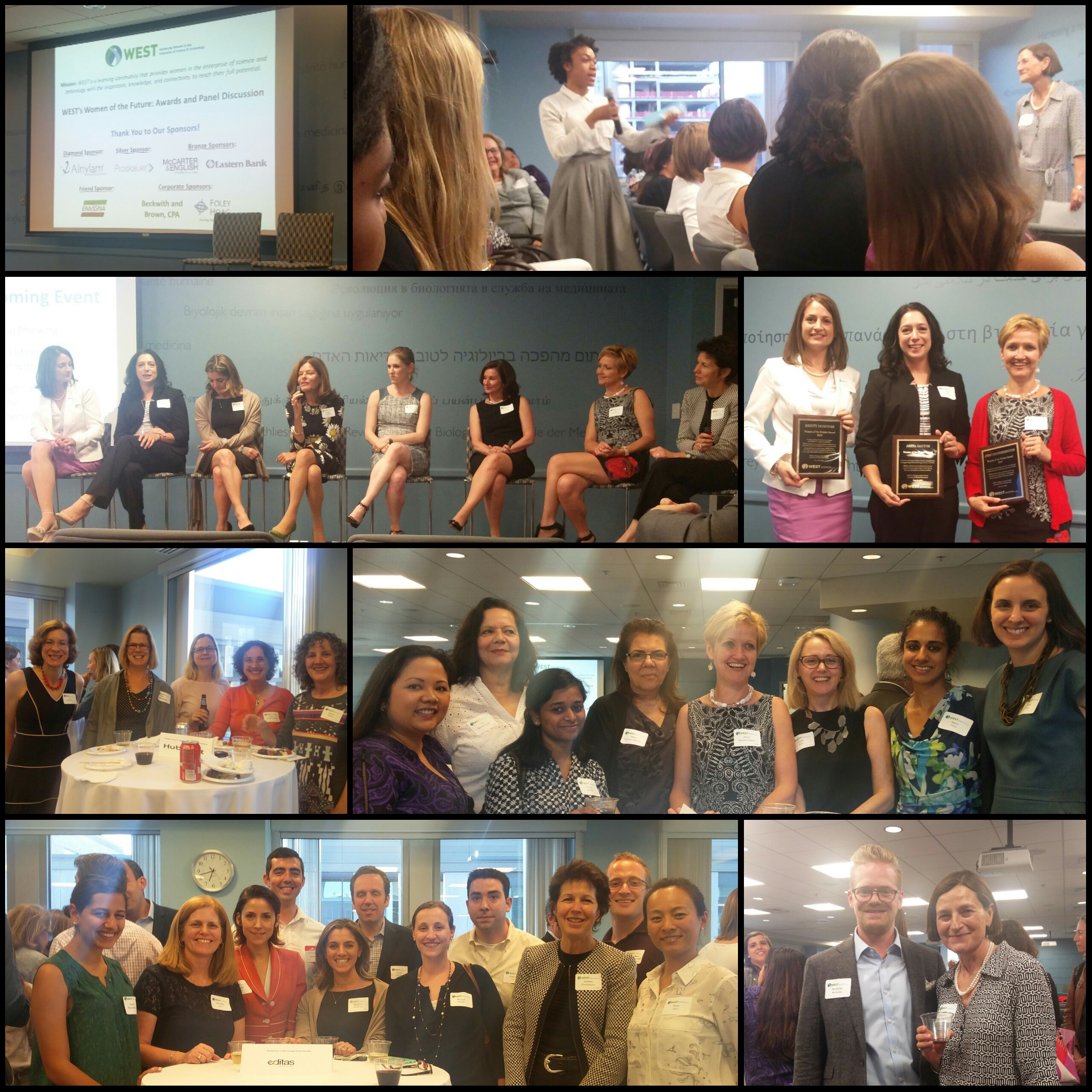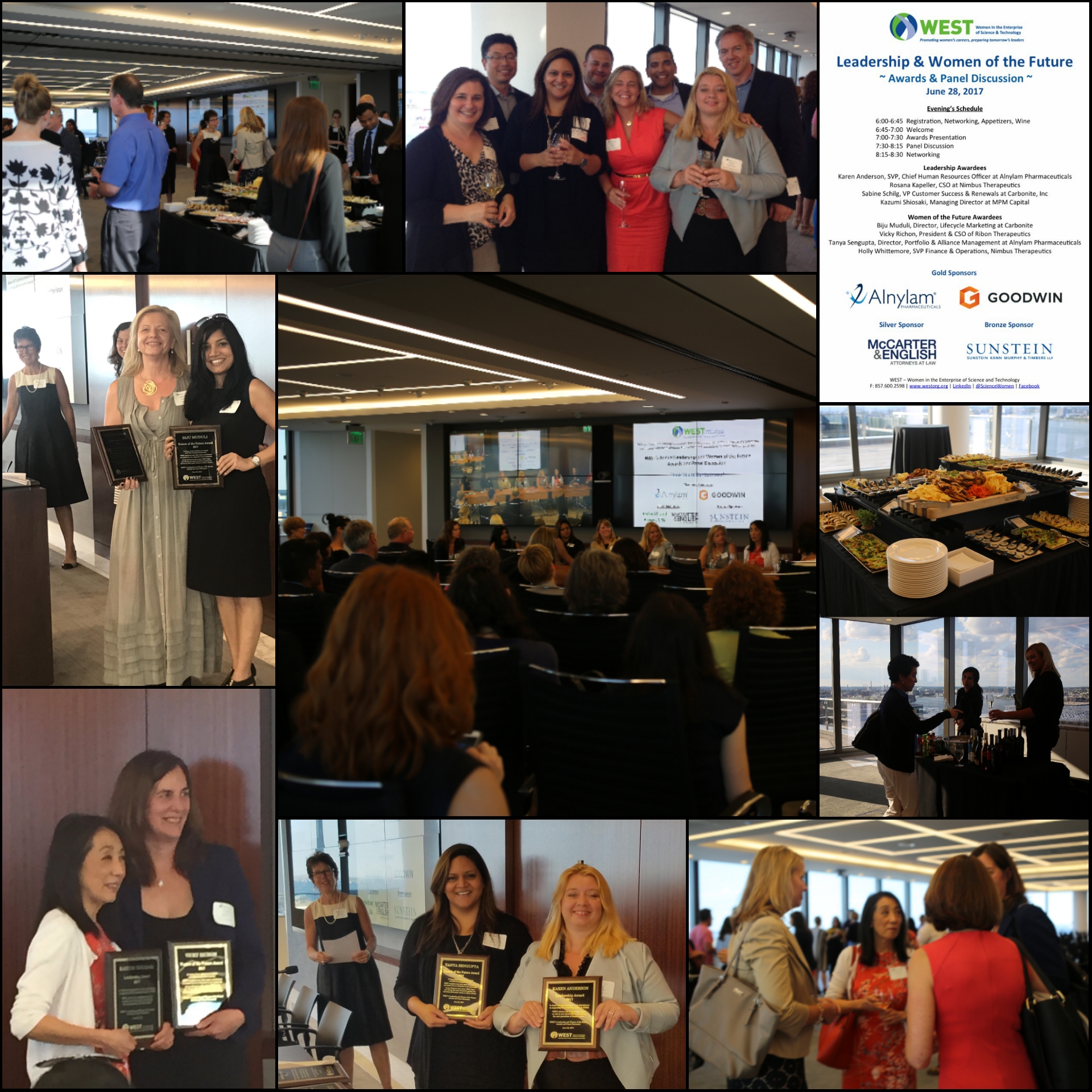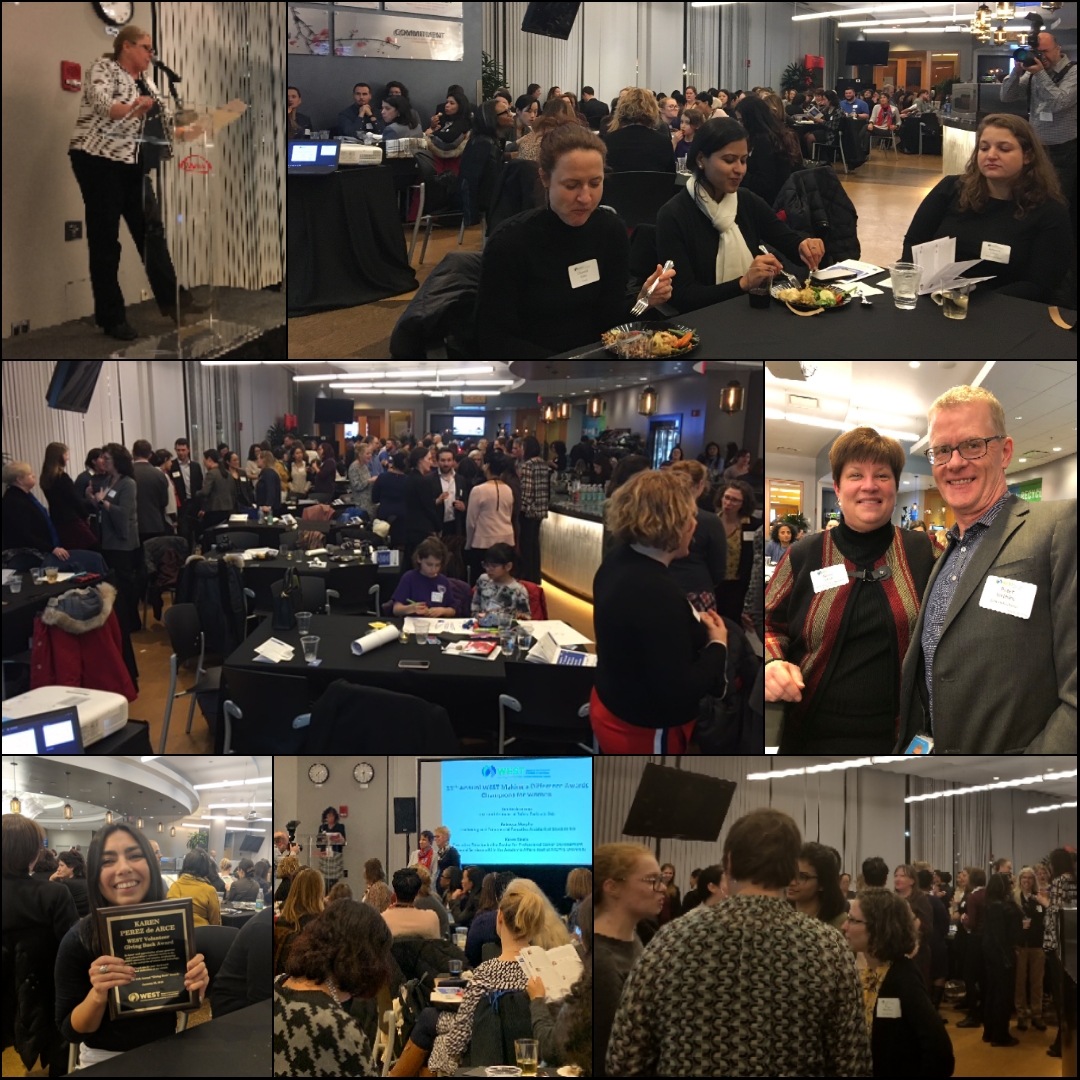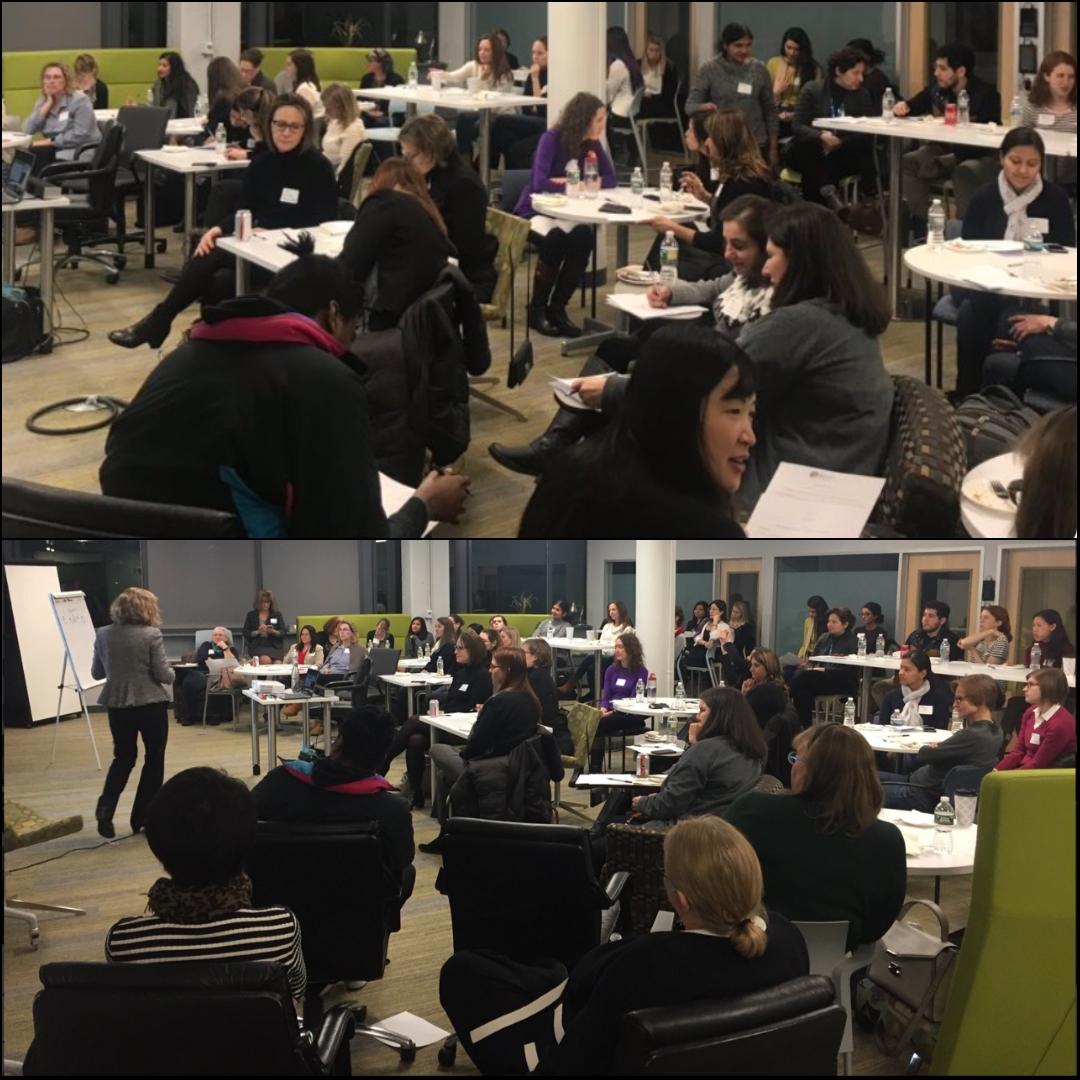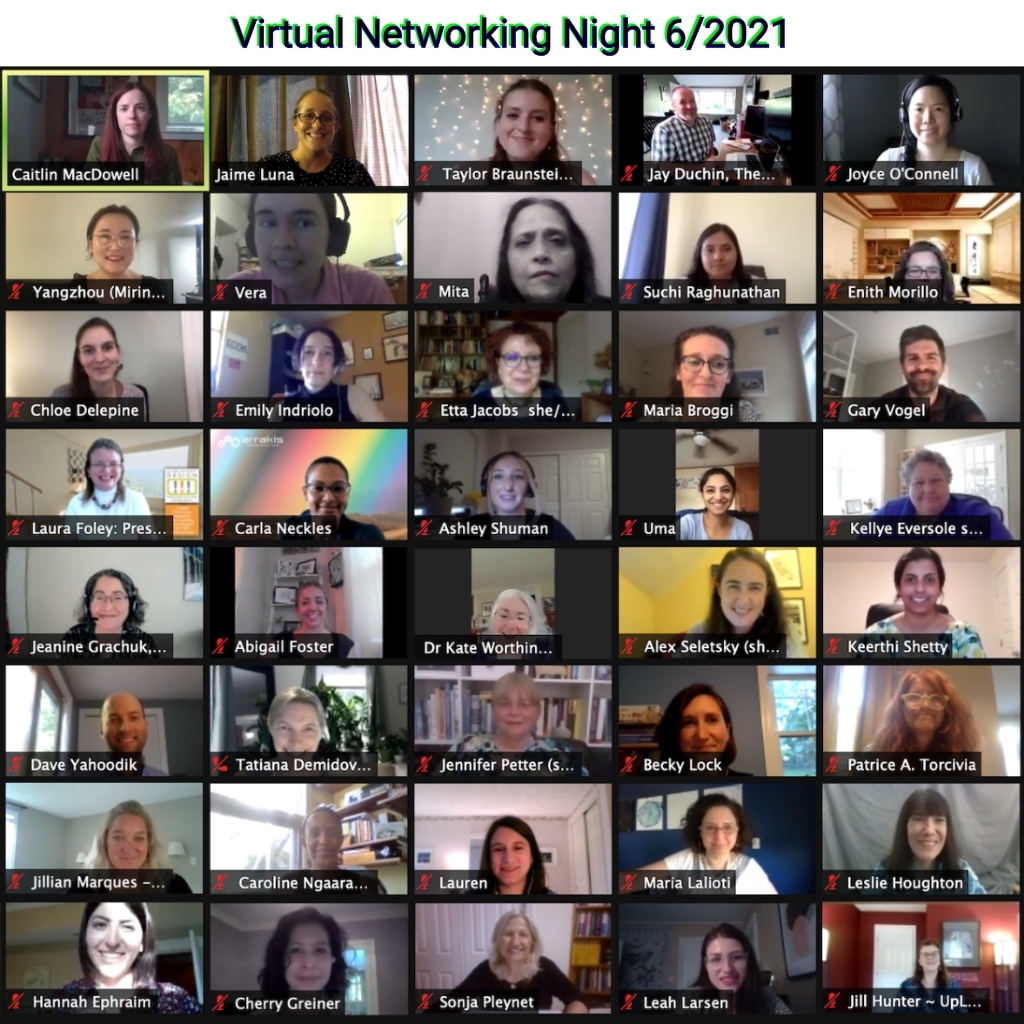- Home
- About
- WEST Events
- Sponsorship
- Membership
- Volunteers
- Resources
- Blog
Conversations With 2011 Leadership AwardeesLydia Villa-Komaroff Chief Scientific Officer (CSO)Cytonome Cambridge, MA
Can you tell me about Cytonome, your role as CSO there and the technology that it is developing? It’s so exciting to be at CytonomeST. We are developing a cell sorting device using microfluidic chips with parallel microfluidic channels, to get high throughput cell sorting. This will enable separation of human donor cells for bone marrow transplantation, treatment of autoimmune diseases and even conditions such as heart failure. I was CEO at Cytonome, but upon formation of a partnership that formed CytonomeST, I was able to go back to the role of CSO and focus on the science. Once the engineering of the device is done, I will visit the major medical centers and show people how CytonomeSt’s technology can help them use cell sorting in a clinical setting. For example, when a patient goes in for a bone marrow transplant today, it is very difficult for investigators to give patients precisely defined cell types from the complex mix of cells in the bone marrow. There is not a lot of manipulation of the transplant cells during the process as it currently occurs, because it is very difficult to do. Cytonome’s device will allow sorting of donor cells in a way that might prevent graft vs. host disease, which is a common complication of bone marrow transplantation whereby immune cells recognize the recipient cells as foreign and mount an attack. This is just one area where we believe our product will have a significant impact. For many people, the fear of start-up costs or not being able to raise enough money, deters them from pursuing entrepreneurial ventures. How did you raise money as a start-up? Are there certain sources of financing that have proven to be most effective to you over the years? Sometimes funding can come from places where you least expect it, so it’s important to keep an open mind. For Cytonome, it was very difficult to get VC funding during the economic downturn and we eventually found funding by forming what at first glance is an unlikely partnership. We formed a joint venture with an agricultural firm, and it has been a wonderful experience. The investment enabled the company to stay on track; and at least as important, the partnership brought us our current CEO, John Sharpe, an optical physicist with extensive experience in building cell sorters, who is absolutely tailor-made for CytonomeST. John’s knowledge, experience, and leadership skills allowed me to go from CEO back to CSO – and back to the science. As we talked to potential funders there was a great deal of excitement about Cytonome’s technology, the potential market, and the business model. But convincing someone actually to give you money because you have a good disruptive innovation ultimately is a very difficult. Remember – everyone out there is making a similar argument, and truly disruptive technologies are few and far between. At the end of the day you just have to grit your teeth, get out into the world, and find some money so you can prove the value of the technology before the company runs dry. No money, no company. Having a viable product is only the beginning. An organization like WEST is all about giving back and helping fellow women succeed in their careers. Did you have any key mentors that steered you down the entrepreneurial path vs. the standard academic one? Growing up, my parents, grandparents and some of my relatives were great mentors because they encouraged me to do whatever I wanted to. Several professors during my undergraduate studies were also influential; one scientist at the NIH, Loretta Levi, was particularly inspirational. She encouraged me to pursue molecular biology in graduate school, and was a significant influence in my attending MIT. Before I was married, my fiancé had an internship set up in Boston, so I knew I would be moving here. I applied to several molecular biology programs, but not to MIT. I had convinced myself that I couldn’t do the math – it wasn’t my strong suit. Loretta urged me to apply to MIT, rationalizing that if I was serious about my career in molecular biology, I owed it to myself to apply to the best program. And it’s a good thing I did – MIT was the only school that accepted me! My mentors at MIT were profoundly influential. I was a joint graduate student with David Baltimore and Harvey Lodish, and then went on to do a postdoctoral fellowship in Wally Gilbert’s lab. Wally was – and continues to be – a remarkable mentor in my career. He was the first person who got me interested in the business side of science (I was working in Wally’s lab when Biogen was born, so I was a witness to that whole process). When I finished my postdoc, Wally offered me a job at Biogen. I turned him down because I wanted to set up a lab and see what I could do out on my own – so he made me an advisor to the company. This gave me great exposure to how a company grows. I attended scientific meetings, the open part of board meetings, and traveled to Geneva at least once a year. It was an incredible experience, and I was hooked on the business of science! Initially, I stayed away from companies, at least formally, but I always kept an interest in them. I followed what was going on in the biotech industry closely by reading newspapers, biotech-related publications and any other relevant literature I could find. What were the next steps in your career? After running a research lab for several years, I accepted a position as Vice President of Research at Northwestern. I was hired at Northwestern in part to help foster an entrepreneurial environment where people could commercialize their technologies. I am very interested in organizations of all types and sizes – start-ups, large companies, institutes – so after 7 years at Northwestern, I returned to the Boston area and became the COO and Vice President for Research at the Whitehead Biomedical Institute in Cambridge. The Whitehead was and is a spectacular center of science, and I am proud of the role I played in spinning out the Genome Center to become the Broad Institute. While I was at the Whitehead, I was asked to become a member of the Board of Transkaryotic Therapies (TKT, now Shire). I became Chairman of the Board, and after TKT was acquired by Shire, I landed at Cytonome. How were you able to navigate from a career as a basic molecular biologist into the business side of science? I learned a great deal about the business side of science in my experience on the TKT Board from my fellow board members, who were [and are] terrific resources. I also have learned a lot by observation and by reading business literature. I am a voracious reader, and always have several books going. I just read a great book on women and negotiation called “Women Don’t Ask – Negotiation & the Gender Divide,” by Linda Babcock & Sara Laschever. I developed my business skills “on the job,” and by participating in short-term management programs. The first course I took was “Finance for Non-Financial Executives” – or “Finance for Dummies,” as I call it. Shortly thereafter, Bill Kern, my boss at Northwestern sent me to a two-week program at Sloan on managing technical people. It was a fabulous experience, and I still use some of this information in my work today. After I’d been at Northwestern for several years, the Dean of the Kellogg School of Business invited me to participate in the one-month advanced executive education program (AEP) at Kellogg. This was an intense MBA in a month and really deepened my understanding of business. What advice would you give to young entrepreneurs, grad students & postdocs? What path would you most recommend for someone who wants to take the non-traditional route into industry? The most important advice is to become educated in the business side of science and biotech. And I don’t mean necessarily formally, but you do have to work at it. You have to read the Wall Street Journal, the New York Times, and other newspapers, journals, and books that tell you what’s going on in the biotech world and introduce you to successful business practices. Online newsletters directed at biotech, medical devices, biopharma, etc. also are a rich source of information that helps you keep up with what’s going on. It really helps to be voracious reader; read all the business books you can! As far as recommending a “path,” I would say that there is no best route to follow. For example, you don’t need an MBA. Rather, the most important thing is to know what your goal is and to continually move towards that goal. Stay focused. Many options will get you to the same place, and it’s a very individualized process. Whether you decide to work in academia before transitioning into industry; run your own lab; or join a start-up, one thing is certain – what may be the best path for one person may not be best for another. If you have the desire to pursue the business side of science, you have to get into a company and see what it’s really like and if it’s for you. Is there one particular accomplishment that you are most proud of? Well, I’d say there are a few things I’m proud of. The accomplishment that is just on the horizon – launching CytonomeST’s cell sorter for clinical use – is what I am most proud of today. It feels good to have kept this company alive and to be so close to seeing everything come together successfully. Another significant accomplishment in my career is being part of the team that developed recombinant insulin for diabetics. That was a fantastic experience, with an important outcome. And I am so proud of the numerous students and postdocs with whom I have interacted, not only in my own lab, but all around the country. It’s incredibly rewarding to have students come up to me and say “I’m in graduate school because I heard you talk”.
|









